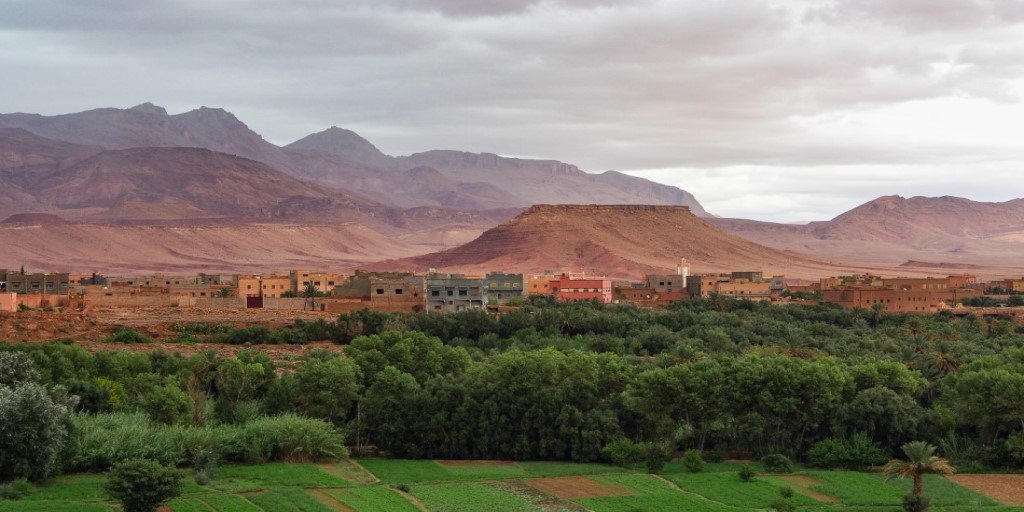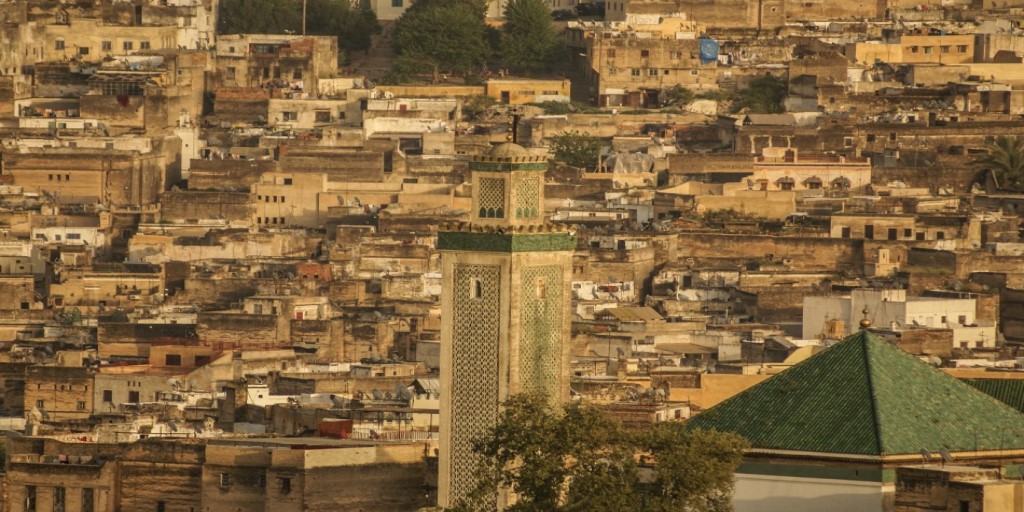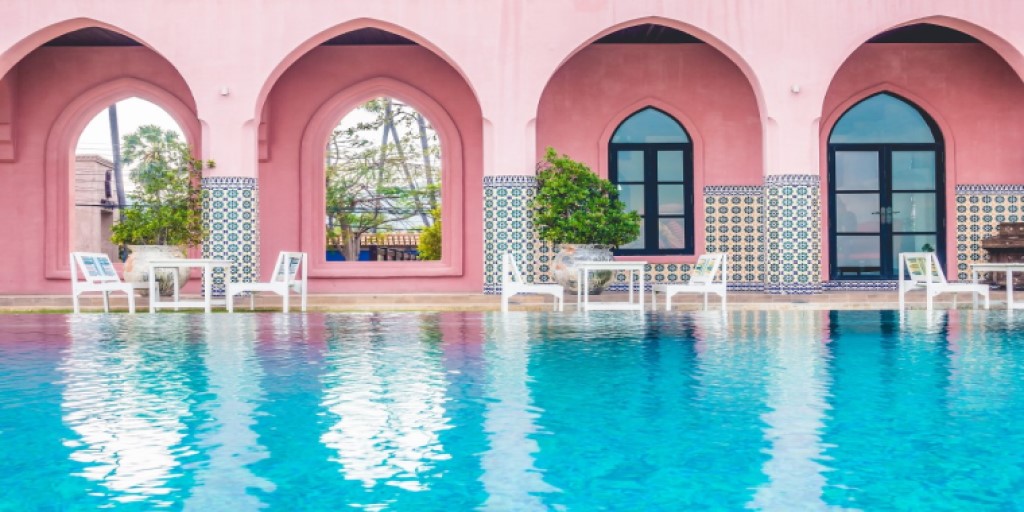The Best Time to Visit Morocco: A Seasonal Guide
Morocco, a land of vibrant colors, rich history, and diverse landscapes, is a captivating destination that offers an authentic North African experience. From the bustling souks of Marrakech to the serene sands of the Sahara Desert and the picturesque coastal towns, Morocco’s attractions are as varied as they are enchanting. But when is the best time to visit this North African gem? In this guide, we’ll explore the seasonal highlights of Morocco to help you plan your dream trip.
Spring (March to May)
Spring is arguably the best time to visit Morocco, as the weather is pleasantly warm, with temperatures ranging from 15°C to 25°C. The countryside bursts into bloom, with wildflowers carpeting the landscapes and creating a stunning backdrop for outdoor activities and sightseeing.

Marrakech: Springtime in Marrakech is magical. The city’s iconic landmarks, such as the bustling Jemaa el-Fnaa square, Koutoubia Mosque, and Majorelle Garden, come alive with color and activity. The moderate temperatures make it perfect for exploring the city’s labyrinthine souks, historic palaces, and vibrant street markets.
Atlas Mountains: Spring is a great time to explore the Atlas Mountains, Morocco’s most famous mountain range. Whether you’re interested in hiking, mountain biking, or simply enjoying the breathtaking panoramic views, the mild weather and blooming landscapes make outdoor adventures enjoyable.
Essaouira: Located on Morocco’s Atlantic coast, Essaouira offers a refreshing escape from the inland heat. Spring is an ideal time to visit this charming coastal town, known for its laid-back vibe, pristine beaches, and vibrant arts scene. Morocco group Tours
Summer (June to August)
Summer in Morocco can be hot and dry, with temperatures often exceeding 30°C in many parts of the country. While the heat may be intense, it also offers unique opportunities for beach vacations, water sports, and exploring the cooler mountainous regions.
Chefchaouen: Nicknamed the “Blue Pearl” of Morocco, Chefchaouen is famous for its striking blue-washed buildings, narrow streets, and mountainous backdrop. Despite the summer heat, the higher altitude of this picturesque town in the Rif Mountains offers cooler temperatures, making it a popular summer destination.
Sahara Desert: Summer is the peak season for desert tours and camel treks in the Sahara Desert. While daytime temperatures can be scorching, the clear skies and starry nights make overnight camping and stargazing experiences unforgettable.
Agadir: Located on Morocco’s southern Atlantic coast, Agadir is a popular beach resort destination with miles of sandy beaches, water sports activities, and luxury resorts. Despite the summer heat, the coastal breezes and cool ocean waters offer relief from the inland temperatures.

Autumn (September to November)
Autumn is another excellent time to visit Morocco, as the weather begins to cool down, and the landscapes transition from summer’s golden hues to winter’s greenery. Temperatures range from 15°C to 28°C, making it ideal for outdoor activities and cultural exploration.
Fes: Autumn is a great time to explore Fes, Morocco’s cultural and spiritual capital. The city’s historic medina, ancient madrasas, and vibrant souks come alive with activity, while the cooler temperatures make sightseeing more enjoyable.
Dades Valley: Known as the “Valley of a Thousand Kasbahs,” the Dades Valley is best explored in autumn when the weather is mild, and the landscapes are adorned with autumnal colors. The region’s stunning gorges, lush oases, and traditional Berber villages offer a unique and authentic Moroccan experience.
Meknes: Located near Fes, Meknes is another imperial city worth visiting in autumn. With its grand palaces, historic monuments, and laid-back atmosphere, Meknes offers a quieter and more relaxed alternative to the bustling cities of Marrakech and Fes.
Winter (December to February)
Winter in Morocco is relatively mild, with temperatures ranging from 10°C to 20°C in most parts of the country. While it may not be the best time for beach vacations, winter offers unique experiences for travelers seeking cultural immersion, winter sports, and desert adventures.
Skiing in the Atlas Mountains: Winter is the perfect time to hit the slopes in the Atlas Mountains. With several ski resorts, such as Oukaïmeden and Michlifen, offering skiing, snowboarding, and other winter sports activities, Morocco is a great destination for snow enthusiasts.
Marrakech International Film Festival: Held annually in December, the Marrakech International Film Festival attracts filmmakers, actors, and cinephiles from around the world, making it a must-visit for film buffs and culture enthusiasts.

Desert Camping in the Sahara: Winter is an ideal time for desert camping and camel treks in the Sahara Desert. The cooler temperatures, clear skies, and tranquil landscapes make overnight camping and stargazing experiences truly magical.
In conclusion, the best time to visit Morocco largely depends on your interests and preferences. Whether you’re seeking cultural and historical experiences, outdoor adventures, beach vacations, or simply looking to relax and unwind, Morocco offers something for everyone year-round. So, start planning your Moroccan adventure today and discover the beauty and diversity of this captivating country!